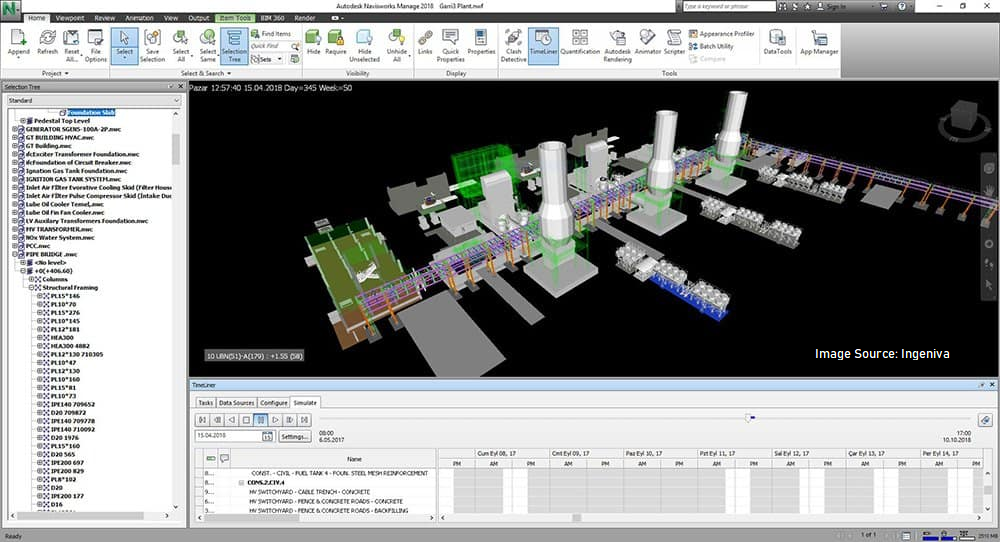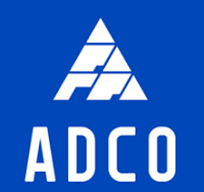
The ability to effectively plan and communicate is paramount. Whether it’s constructing a building, developing a new product, or organizing a large-scale event, the success of any endeavour hinges on meticulous planning and seamless communication among stakeholders. However, traditional methods often fall short in providing a comprehensive understanding of the project’s progress and potential challenges. This is where 4D modelling emerges as a game-changer.
4D modelling integrates three-dimensional (3D) models with the element of time, adding an extra dimension to the visualization of projects. By incorporating the element of time, project managers can create a dynamic representation of the project’s evolution over its lifecycle. This allows stakeholders to visualize not only the spatial aspects but also the sequencing and scheduling of activities, providing a holistic view of the project’s progression.
One of the key reasons why a high level of detail and content is essential in 4D modelling is its ability to enhance planning accuracy. Traditional planning methods often rely on static Gantt charts or schedules, which may overlook critical dependencies and constraints. In contrast, 4D models offer a detailed simulation of the project’s timeline, accounting for factors such as resource availability, construction sequences, and potential clashes. This level of granularity enables project managers to identify and address potential bottlenecks or conflicts proactively, thereby minimizing delays and cost overruns.
Moreover, the richness of detail in 4D models facilitates better communication among project stakeholders. In complex projects involving multiple teams and disciplines, conveying the intricacies of the plan can be challenging. However, with 4D modelling, stakeholders can visualize the entire project timeline in a highly intuitive manner. Whether it’s architects, engineers, contractors, or clients, everyone can grasp the sequence of activities and their interdependencies, fostering a shared understanding of the project’s objectives and constraints.
Furthermore, the high level of content in 4D models enhances risk management capabilities. By simulating various scenarios and what-if analyses, project managers can anticipate potential risks and devise mitigation strategies accordingly. For instance, simulating the impact of adverse weather conditions or material shortages on the project schedule enables proactive risk management, ensuring timely interventions to minimize disruptions.
Another critical aspect where detail and content are crucial in 4D modelling is in optimizing resource utilization. By simulating resource allocation across different phases of the project, managers can identify opportunities to improve efficiency and productivity. For example, reallocating manpower or equipment based on the dynamic needs of the project can help streamline operations and reduce idle time, ultimately enhancing project performance.
Additionally, the level of detail and content in 4D models facilitates continuous monitoring and control throughout the project lifecycle. By comparing the actual progress against the planned schedule, managers can identify deviations early on and take corrective actions as needed. This real-time visibility into project performance enables agile decision-making, ensuring that the project stays on track and meets its objectives within the stipulated timeframe.
4D modelling represents a paradigm shift in project planning and communication, offering a dynamic and holistic approach to visualizing and managing complex projects. The high level of detail and content inherent in 4D models not only enhances planning accuracy and risk management but also fosters better communication and collaboration among stakeholders. By leveraging the power of 4D modelling, organizations can drive efficiency, mitigate risks, and deliver successful outcomes in their projects.
Testimonials
Very professional and efficient organization. Delivered a great product to a tight deadline.
ACE Power
Karl and the team are very professional and have a vast knowledge of BIM coordination.
Dwayne Willaims Babinda Electrics
We had multiple large projects with tight deadlines and needed a company we could trust. The teams delivery, attention to detail and understanding of what is being designed is always executed to a high standard.
Martin O’Donovan Envar Engineers
Draftech offered a flexible and reliable approach to working collaboratively with our team. They met our expectations and quality requirements and also offered up new ideas.
Draftech have proven to be a valuable and trustworthy resource and we will continue to work with Draftech on other projects.
Simon Marsden Umow Lai
Draftech is different from others in the professionalism and features they provide.
The ability to walk through projects in real time online provides invaluable insight into problem areas and helps provide an efficient resolution on the spot without many phone calls, emails and the necessity for us to paw through countless drawings to understand the issues.
Todd Morris Manager - Air mech
Draftech were put forward to FIP Electrical as the solution to Coordinate, Model, carry out clash detection, provide Electrical Services Shop Drawings, as built documentation and completed electrical model.
Simon Thorpe FIP Electrical
In close collaboration Draftech set up all our systems and model deliverables. In this process Draftech have proven to be a valuable resource for us and demonstrated commitment, understanding and professionalism.
David Skelley DJCoalition
Draftech’s attention to detail and proactive nature throughout the project assisted us in identifying issues before becoming evident on site, saving us both time and unexpected costs.
Matt Payne PJM Engineering Services
They delivered very high quality Revit models and associated 2D documentation at key milestones, working to a tight budget and in strict accordance with the Architects’ BIM requirements.
Peter Thomas Geoff Hesford
We found Draftech’s work to be of high standard and the team delivered exactly as agreed, in fact, when we considered the project complete, Draftech put further resources into the project as they were not satisfied.
John Johnson Beca
Engaging Draftech during design gave us the tools to make smart decisions.
Hansen Yuncken Design Manager - Michael Harkins
The drafting service is timely, reliable and fit for purpose for the built environment.
Peter Harvey Harvey Industries
Draftech stands apart from other drafting services that we have previously used in their attention to detail and ability to adapt to the individual client’s requirements.
Doug Holt McCaig Aircon
I can confidently recommend Draftech as a solid and reliable supplier, and experts in their field. I look forward to working with them again in the near future.
Chris Behan Norman Disney & Young
After seeing the benefits Draftech provided us on the Townsville Hospital Redevelopment we have set up a relationship with Draftech and intend to continue to use their BIM knowledge and skills for our future projects.
Brad Lund Energy Power Systems
Draftech has no competition as they are in a class of their own.
John Boyes Babinda Electrics
Draftech Developments Drafting and Design Capabilities, in conjunction with their outstanding level of Client service and support has provided great solutions to our engineering and Drafting Design portions within our Gorgon Barrow Island Project.
Aaron Hazelton Applied Electro Systems Pty Ltd
Draftech set up necessary systems and workflows very quickly, but also setup auditable estimating and weekly cost tracking processes that we utilised, requiring little maintenance.
TOM PURDON MPM GROUP




























